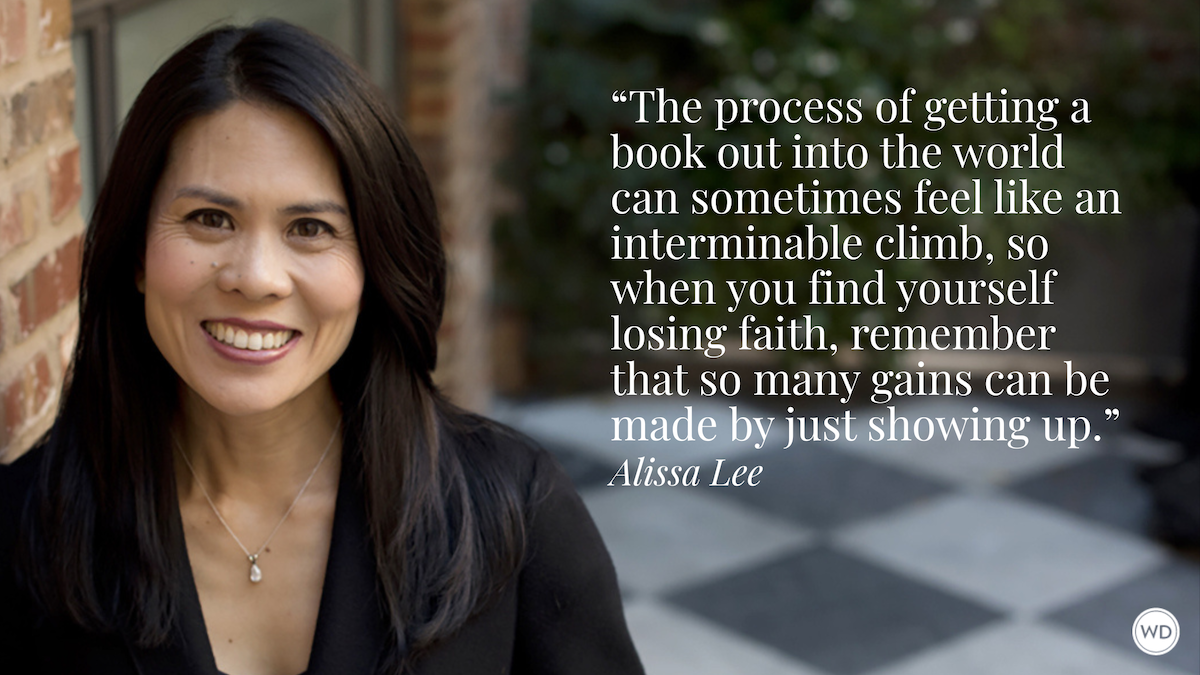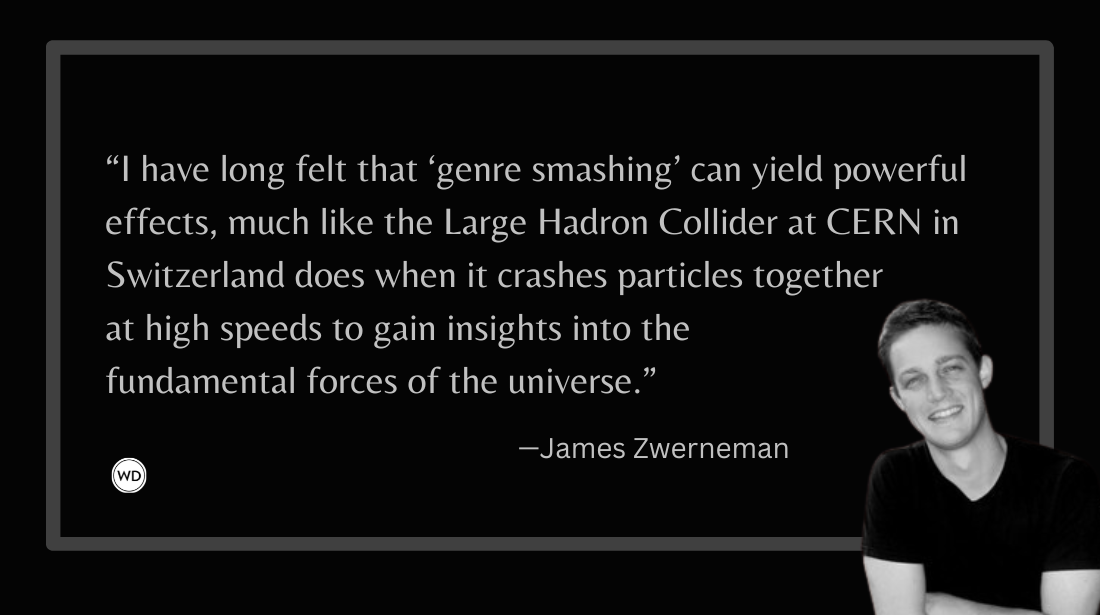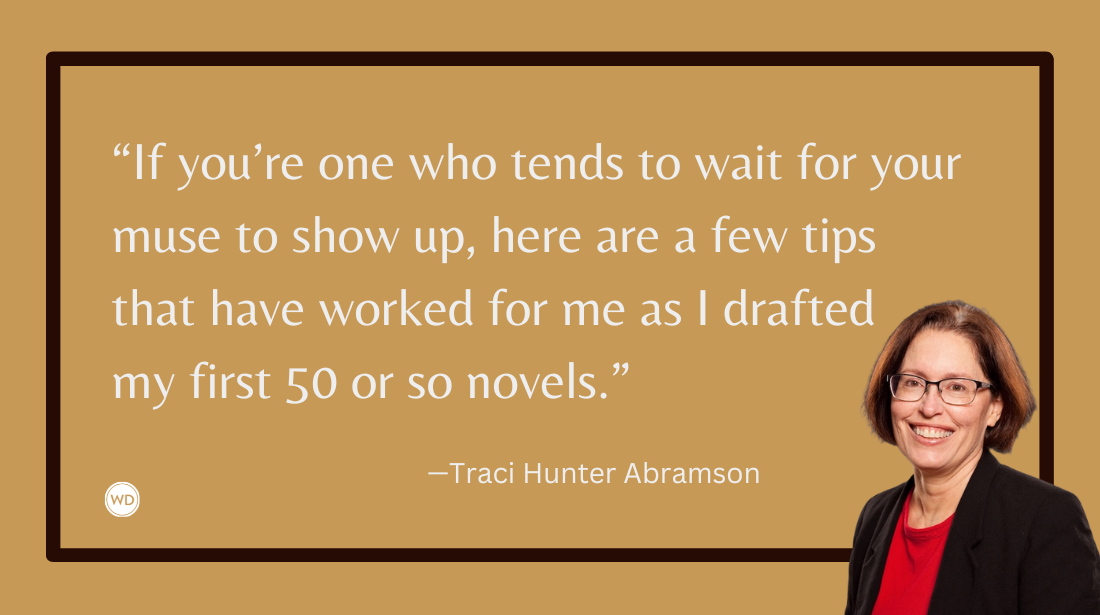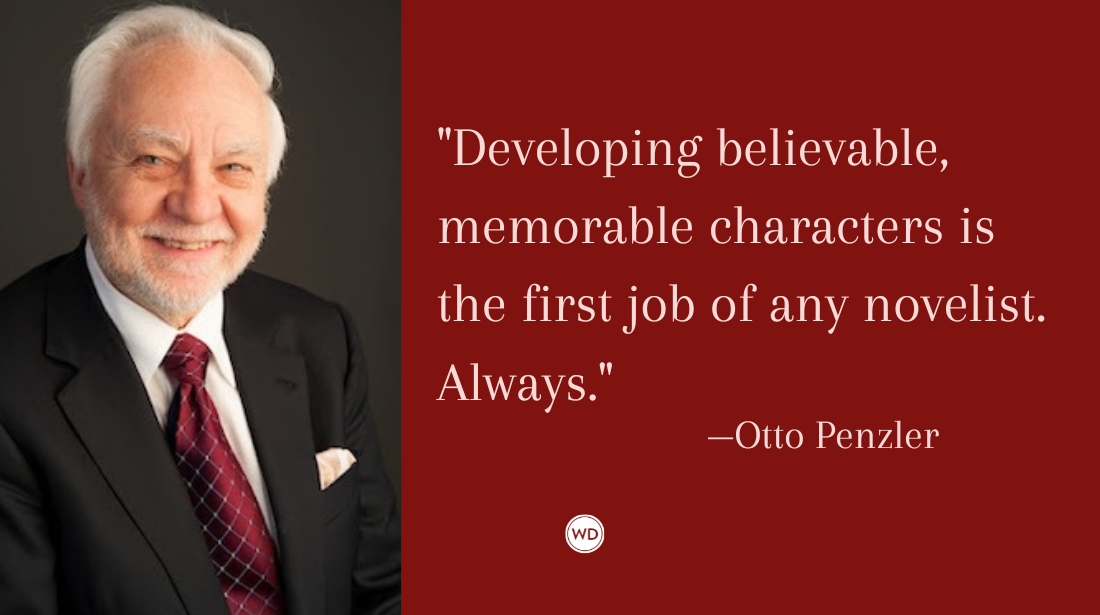How to Create Tension Through Misdirection
A car engine breaks the stillness of the night … the smell of seaweed intrudes on an afternoon chess game … an unopened letter slips behind couch cushions. These are what we might call “plot-hypers,” in that they add elements of uncertainty and tension. Here’s how to add them to your story.
A car engine breaks the stillness of the night … the smell of seaweed intrudes on an afternoon chess game … an unopened letter slips behind couch cushions.
These are what we might call “plot-hypers,” in that they add elements of uncertainty and tension. They create a rise of anxiety by injecting an unexplained event or circumstance. What makes plot-hypers especially helpful is the relative ease with which they can be used and the impact they can have on a story.
—by William Noble, excerpted from Elements of Fiction Writing: Conflict, Action & Suspense
Plot-hypers create uncertainty that might—but doesn’t have to—complicate things. They raise the tension level. What plot-hypers require is a sense of proportion that tries to keep the cat in the bag while opening the bag enough so the cat can breathe.
We speak of subtlety and misdirection because the story moves with veils and whisps and bare outlines, and there’s no attempt to ring a bell or blow a whistle so the reader’s attention can be lassoed like a runaway calf. What this type of writing requires is a careful assessment of how much or how little to offer the reader, keeping in mind that we don’t want to be unfair, and we don’t want to obfuscate beyond a reasonable point. It means that we must come up with at least one plot-hyper, and we must plant the key somewhere in the text.
Why do we use subtlety and misdirection in the first place? And do they really enhance the way we build action and suspense? The answers lie in the simple equation that becomes an element of the partnership we develop with our readers: The longer we keep our reader guessing, the more attention they will pay to what they are reading. And subtlety and misdirection are two of the most effective tools available to keep the reader guessing and reading. It’s as simple as that.
Take a look at this example:
The blackened mask had two slits for the eyes and a triangular hole where the nose would fit. Lips pierced by claw-like teeth were painted where the mouth would have been, and my mind screamed the question … would I be victim or victimizer this time?
And compare it to this one:
“I didn’t know you’d gone to acting school,” she said.
He laughed. “My father’s idea. I only lasted two months, and I was pretty bored.” He pushed himself from the chair. “What about that pizza?”
Assume that both of these selections come from a scene that deals with the same suspenseful topic—a sinister mask, and how it affects the person who is wearing it. The selections come from different directions, but both seek to develop suspense. In the first, there’s no attempt to hide the horrible implications; the mask is described, as are its possible effects. No subtlety here, no misdirection, only a straightforward depiction of a suspenseful event.
In the second selection, we have the subtlety, and we see it through the use of the plot-hyper. Note that the dialogue presents itself on two levels: as a simple conversation about attending acting school and as a clue to what this might mean later. It’s the second level that concerns us, and as both writers and readers, we should ask ourselves what the conversation actually implies.
The answer is: What can a person learn at acting school? Makeup techniques, characterization techniques. Two months of study would be enough to learn some of these techniques, and the results could have sinister consequences as the story moves along.
The plot-hyper is the character’s attendance at acting school, but note that’s all the information we’re given. The next line of dialogue changes the subject and the focus. An alert reader would catch the plot-hyper and might discern its relevance, even though its full impact won’t come until later in the story. But subtlety and misdirection make the plot-hyper work by:
- Offering a thread of information
- Forcing the reader to deduce the relevance
- Not highlighting the information (making it seem a natural outgrowth of the conversation) but not burying it either—remember, no unreasonable obfuscation.
Suspense and action both can use subtlety and misdirection to give them depth and zip. Uncertainty is the lifeblood of suspense, and when we provide a bare clue about something sinister that’s already happened, is happening or will happen, we can’t help but heighten the uncertainty.
Want to learn more?Expand your writing knowledge with these great writing books:
************
Follow me on Twitter: @BrianKlems
Check out my book.
Sign up for my free weekly eNewsletter: WD Newsletter









